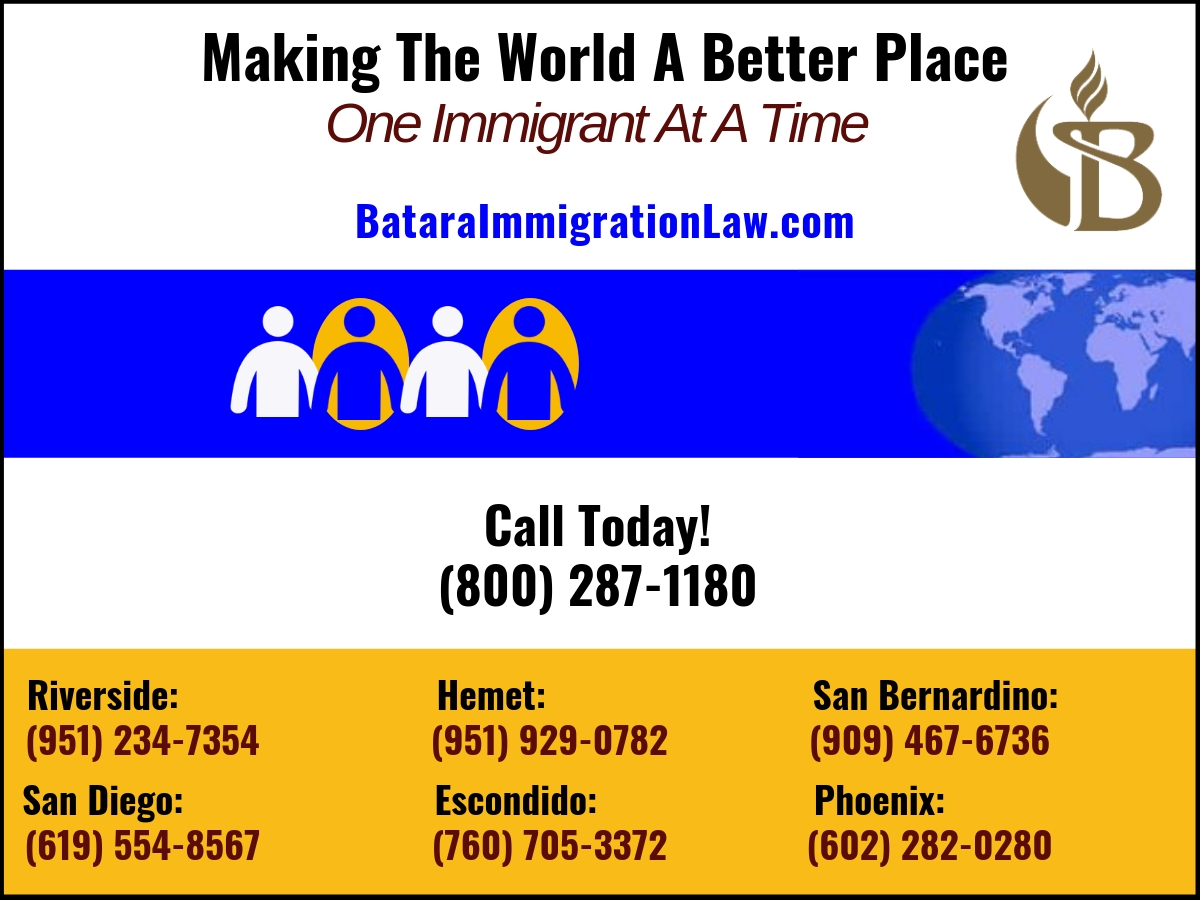
It was my first immigration law office in Escondido.
I was barely in my third year of private practice. After winning some complicated cases for North San Diego County clients, I decided to open a full time center for local residents.
About three months into my lease, the building manager stopped by to talk with me about co-tenant complaints.
They were upset because my clients “made the waiting room look like a bus stop.”
The word immigrants was not mentioned.
The meaning was clear.
A Sordid History: Politics And Immigration Law In Escondido
Even before the building incident, on matters concerning immigrants, I often thought that as Escondido goes, so goes Southern California.
Social transformation would begin in Escondido.
In my mind, the process would work like this. Alter the politics of Escondido. The local diversification would impact policies of other North San Diego County cities. Soon after the change would spread to nearby counties like Riverside, Orange, and San Bernardino.
In other words, Escondido is – and has been – such a politically backwater town on immigration issues, any modifications in personal views and public policies there will eventually trickle throughout the local Southern California region.
Change in Escondido has taken longer than I imagined.
I developed this political theory a few decades ago. Escondido was already the second largest city in San Diego County.
Based on my interactions with government and business officials, it was obvious the public views toward Latino immigrants in not only Escondido, but also North San Diego were rude, racist, and repulsive.
Their days seemed numbered.
America’s political retrenchment on social issues was bubbling beneath the surface, but the revival of cultural hatred and racial superiority was not yet noticeable.
The dark age of immigration law had not yet been entered.
It seemed legal advances for immigrants were just around the corner.
Regrettably, my sense of historical transition was excessive, my political optimism exaggerated.
Change has not come easily in Escondido. Nor America, for that matter.
Rupture And Division: Housing For Immigrant Children
ACLU Sues Escondido For Rejecting Migrant Youth Shelter
Currently, Escondido is in the middle of another immigration skirmish. Earlier this week, the ACLU brought suit against the city for manipulating local zoning laws to prevent the opening of a shelter for unaccompanied immigrant youth from Central American pending resolution of their immigration and asylum cases.
The news, though disheartening, is no surprise.
As I have consistently noted in this blog, many highlights of Escondido immigration history are pathetic examples of public leadership:
- The vandalization of a public mural by local high school students due to its Latino theme.
- A secret partnership of the Escondido Chief of Police with immigration officials reminiscent of the second coming of Joe Arpaio.
- The lack of due process by City of Escondido civic leaders toward immigrants on housing, parking, and traffic issues in a wannabe Arizona SB 1070-style local government.
- The inability of most Latino candidates to win public office, like Olga Diaz last fall, usually due to their support for immigrant families in the North San Diego area.
As David Noriega, a Buzz Feed reporter, recently explained, nearly half of Escondido’s 148,000 residents are Latinos, many of whom are undocumented or are permanent legal residents. Non-Hispanic whites, meanwhile, constitute 42.6% of the population.
Yet, Noriega points out, “The city’s approach is so harsh that immigrants in Escondido call their home Little Arizona, in reference to the state’s history of passing laws against the undocumented.”
“The result,” he adds, “is a strange paradox: a heavily Latino city with a Spanish name led by an immigrant mayor whose administration has committed to an aggressive approach to stopping illegal immigration.”
Noriega’s portrait of Escondido is not pretty.
But it’s sadly accurate.
This Mostly Latino City Is So Tough On Immigrants They Call It “Little Arizona”
Despite this less-than-stellar legal and political history, some gains have been made in Escondido for immigrant families. The American Civil Liberties Union has been a primary legal driving force.
In the present battle, the ACLU alleges the City of Escondido has misapplied land use ordinances to deliberately prohibit housing for migrant youth on falsehood arguments that traffic, parking, and property concerns have not been adequately addressed by the facility proponents.
The issue is larger than a legal debate over housing Central American immigrant refugees.
Rather, the case represents another step in the ongoing battle to create an atmosphere of acceptance for immigrants in all North San Diego County.
According to the San Diego Union-Tribune, Escondido residents opposed to the facility have not been reluctant to express their dissent in stark terms – noting that it would “bring an undesirable taste to an up-and-coming town,” was “not representative of the demographic of our neighborhood,” and would become a “pipeline for illegal immigrants.”
Embracing xenophobia is a way of life for some in Escondido.
Until Hispanics can win local elections on a consistent basis, these law suits are not likely to end.
As a green card attorney, I’ve learned defending immigrants is not a short term affair.
To truly counter the depth of cultural, ethnic, and racial bias against immigrants requires more than a judicial order.
Still, hope springs eternal. Escondido may yet lead the way to regional change.
And I still practice immigration law in North San Diego County.
By Carlos Batara, Immigration Law, Policy, And Politics




